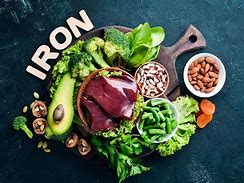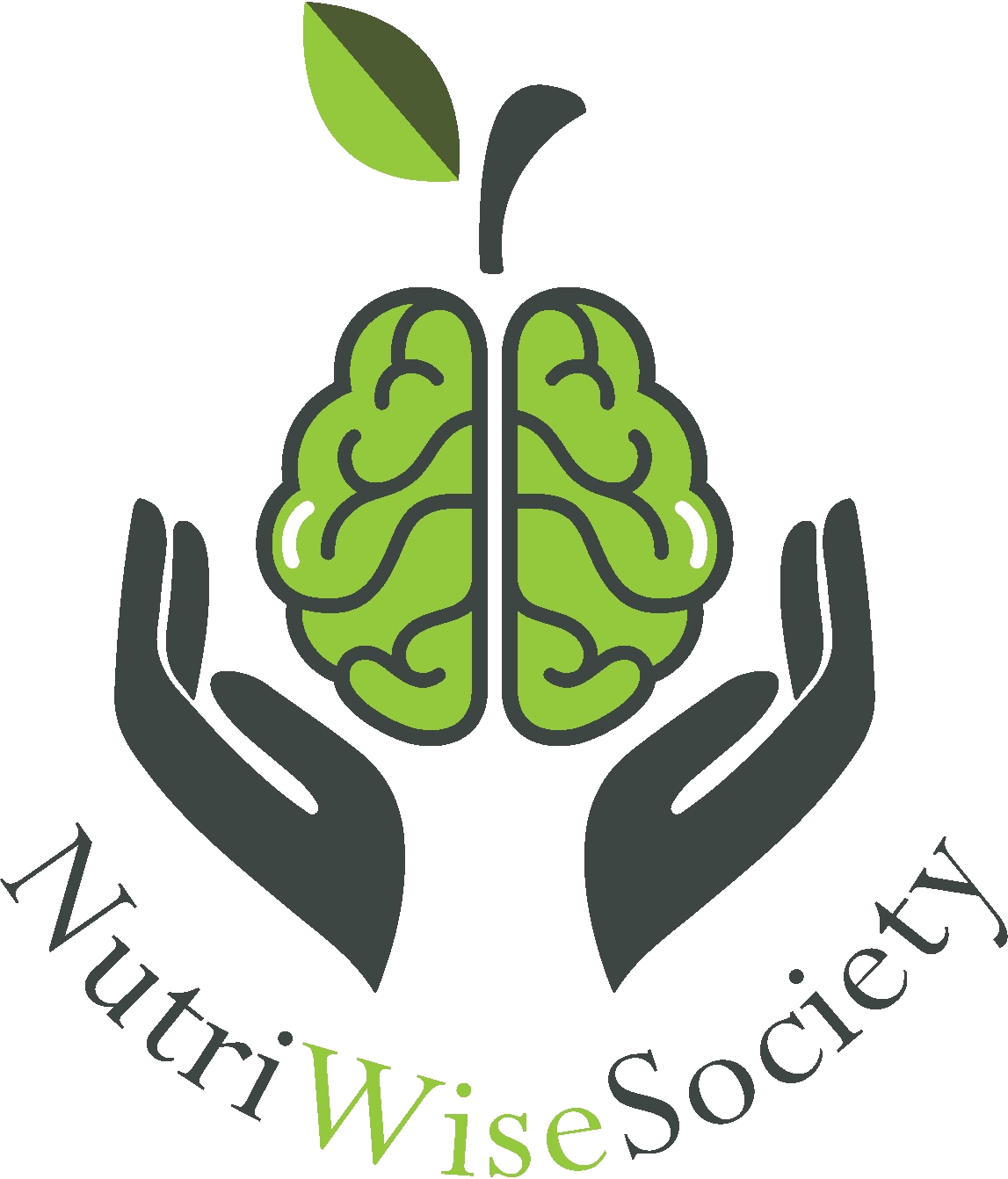Articles

Iron
Everything You Need to Know About Iron
Iron Functions
- Iron is a component of hemoglobin, the substance that gives red blood cells their color.
- Hemoglobin in red blood cells transports oxygen to all body cells, supporting energy production and maintaining cellular functions.
Iron Sources
- Liver
- Kidneys
- Chicken meat
- Green leafy vegetables
- Fish
- Legumes
Absorption
- Iron in animal sources is in the ferrous form, which is more readily absorbed compared to plant sources where it is in the ferric form and needs to be converted to the active form within the body.
- Plant-based sources like grains, leafy greens, and soy protein contain iron but are harder to absorb due to phytic acid, which inhibits iron absorption.
- Vitamin C enhances the absorption of iron, particularly from plant sources, by converting it from ferric to ferrous form. For example, adding lemon to spinach can increase iron absorption.
Iron Requirements
- Red blood cells renew every 120 days, and daily intake of iron is necessary to maintain this renewal process.
- Iron requirements increase during pregnancy to meet the body's needs, and pregnant women are advised to take iron supplements during the last trimester, as directed by a doctor or dietitian.
Specific Needs
- Newborns: Babies are born with enough iron stores to meet their needs for six months, as breast milk contains minimal iron. After six months, they need iron from other sources as solid foods are introduced.
- Girls and Women: Blood loss during the menstrual cycle results in iron loss, which must be replaced.
- Surgical Patients: Blood loss from surgeries requires iron replacement.
Iron Deficiency
Symptoms of Iron Deficiency:
- May lead to anemia, with symptoms including fatigue, tiredness, pale skin, loss of appetite, and cold extremities.
References:
